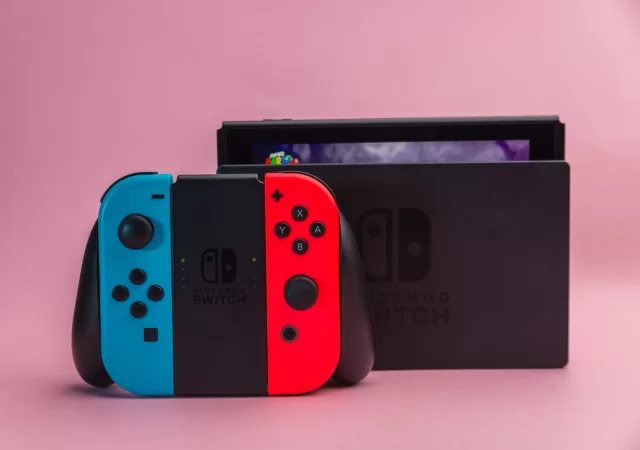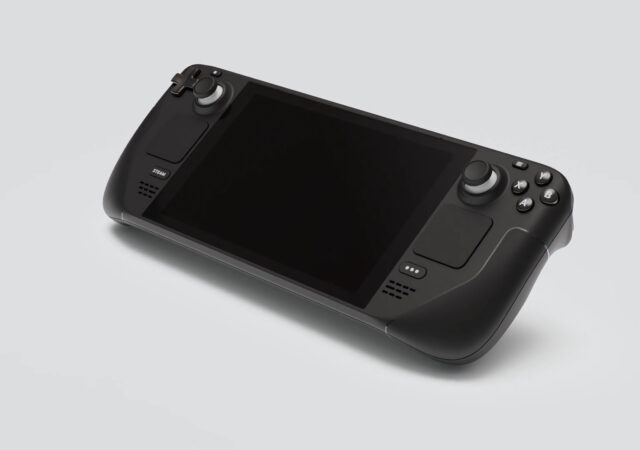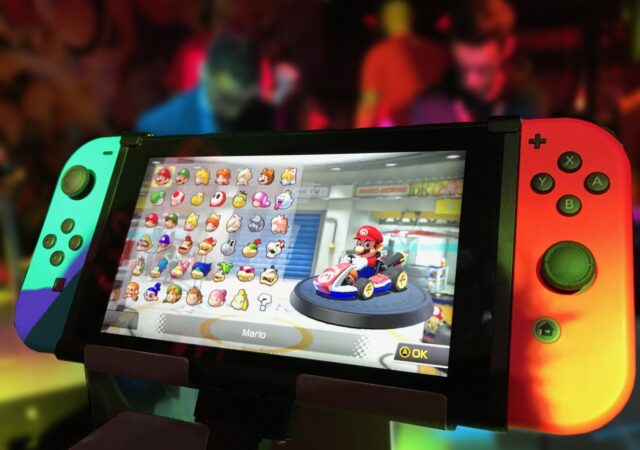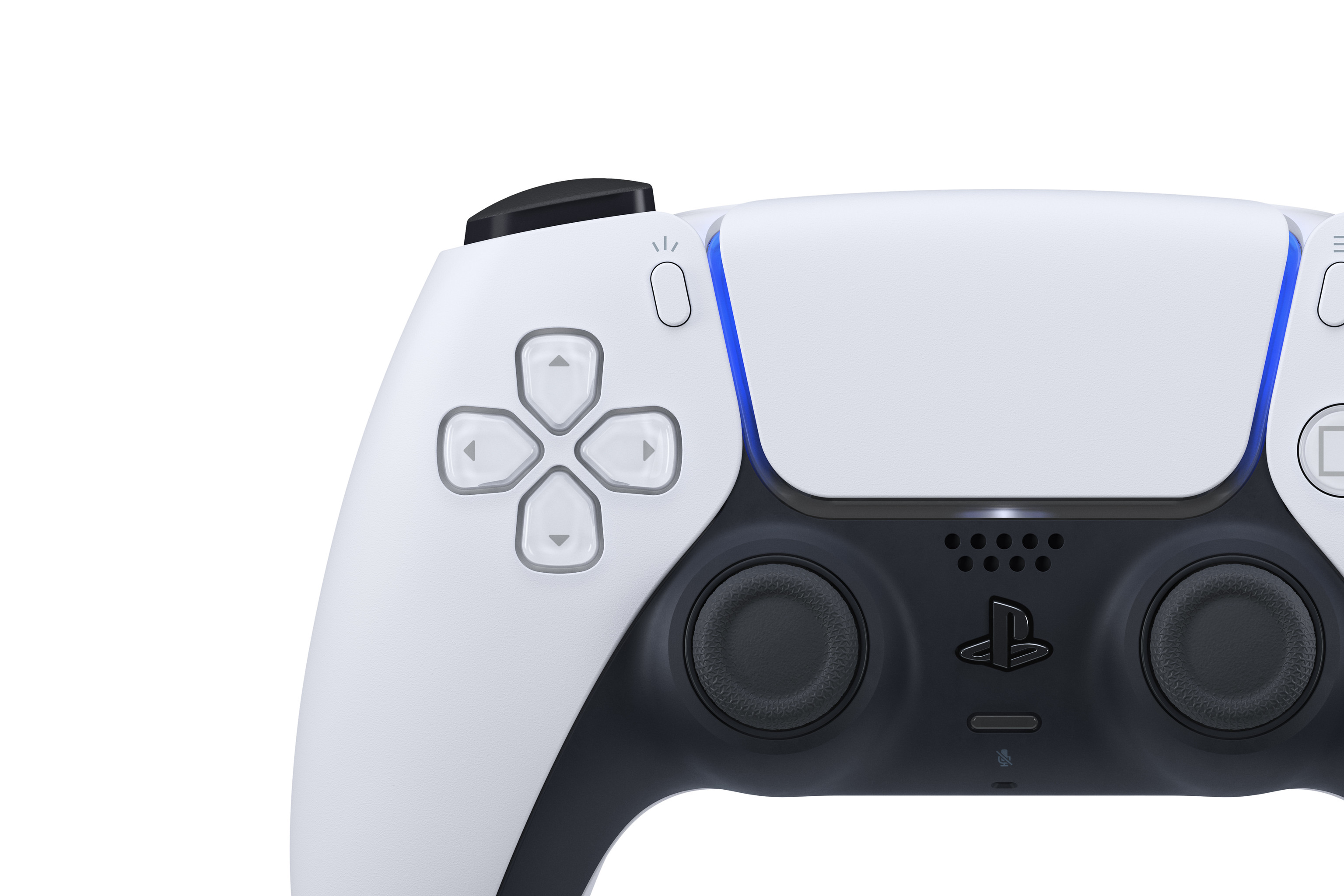Nintendo’s follow up to the Nintendo Switch is rumoured to be as the PlayStation 4 complete with DLSS and Raytracing.
Valve Announces the Steam Deck – Proper PC Gaming in Nintendo Switch-esque Package.
When Nintendo Switch was first teased, the PC gaming market went a little wild. Independent manufacturers took bold steps and packed all they can into a package that resembles the Nintendo Switch running the Windows platform. Despite the fact that…
Qualcomm Working On Gaming Hardware Similar to the Nintendo Switch
Qualcomm looks to be creating a new mobile console that mimics the form factor of the Nintendo Switch.
Meet DualSense, Your PlayStation 5 Controller
Sony takes the veils off their new controller, the DualSense. The new controller tows Sony’s mission to “push the boundaries of play”.






